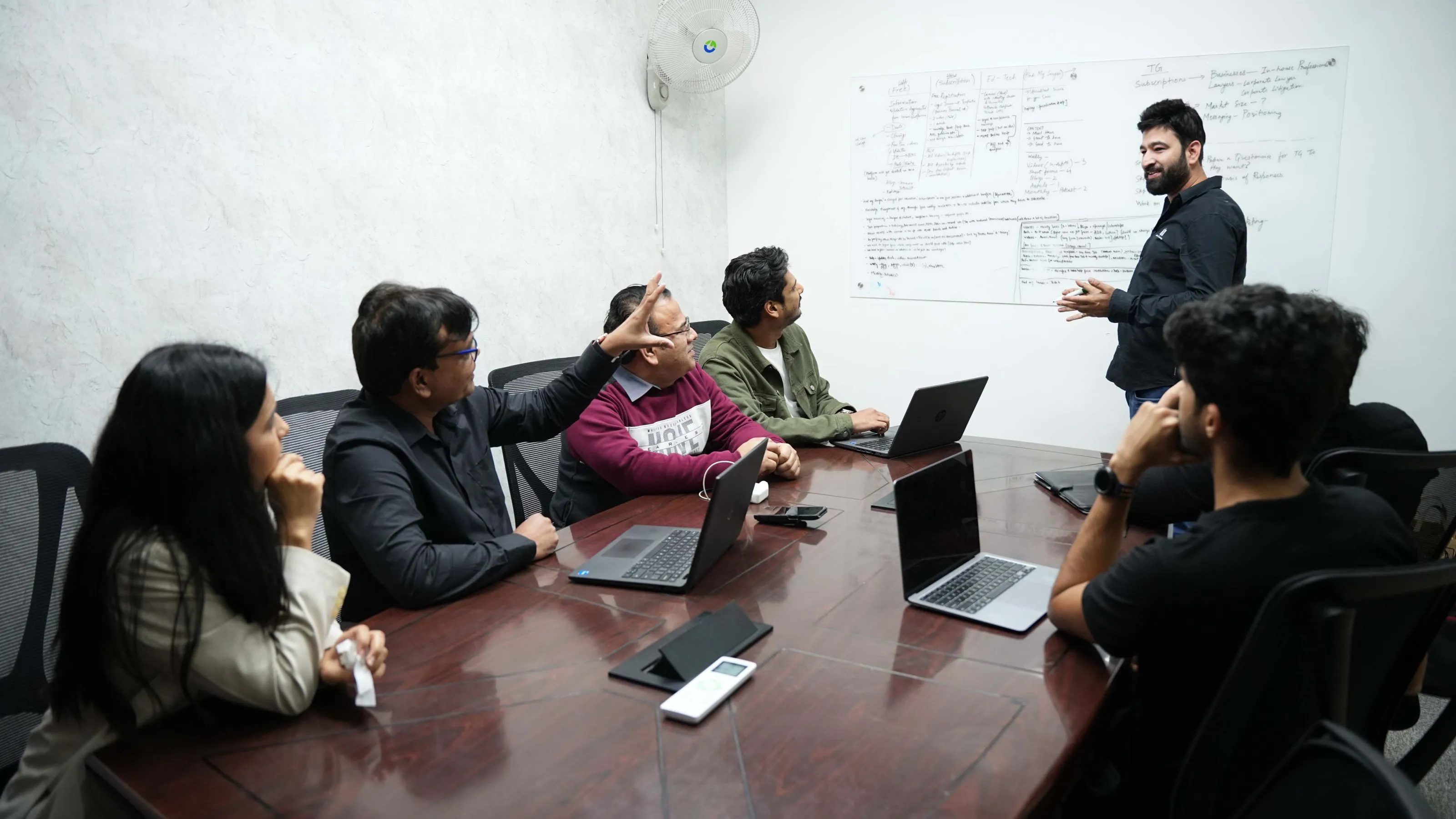
We help UK businesses build remote testing teams that don’t miss a thing. Whether you need Manual Testers or Automation Experts, our remote talent from India ensure your product performs perfectly, before your users ever spot a bug. These are the roles we hire most often.

A dedicated testing team focuses on improving the quality of a product because problems such as defects would be early detected and corrected. To some extent, developers might be unaware of a certain issue because they are knowledgeable in developing a particular product. Test teams, on the other hand, are expected to be more critical, evaluating product claims on benefits, usability and functions. It also assists in identifying matters that might have a detractive appeal to the users of the software. It is caught early in the cycling through the testing team that what is being developed finally is more stable, and in turn, there is higher fulfilment from customers and fewer bug reports after the set-up is released. Hiring a testing team gives an accurate perspective of the product’s functionality. They do not take part in the developing process, and therefore they may show some issues that others fail to see.
Constructing a testing team increases system efficiency since it relieves development teams from the burden of having to write tests in parallel with developing whilst seeking help and ideas from a separate testing group. Often, the result when developers accomplish both tasks is slow progress and targets miss the due date since testing, when done by the same person, may not be as comprehensive. Hire a separate testing team that focuses mainly on the aspect of the product delivering what was intended, however, this division of labour also has the effect of making development more efficient, because developers and testers are less tangled up with one another, thus eliminating a lot of redundancy and increasing the speed of the overall product cycle. The level of structuring that testing teams provide allows for proper prioritisation of tasks rather than the normal methodology. It assists testers in effectively working to achieve the identification of the highest priority bugs while other small bugs do not divert the attention of developers.


To ensure success in the management of risks related to product launches, a testing team is very important. Software products, especially those with features that are quite elaborate, are easily compromised because of a number of unique vices like security loopholes, poor performance, and system failure among others. These risks are usually identified by a separate testing team that uses different testing approaches: stress testing, security testing, and regression testing. Hire a testing team to identify and solve potential issues before releasing the product, the chances of having to deal with horrible bug fixes, or loss of customer confidence, in a product failure are reduced. Also, the testers contribute to confirming that the product is compliant with regulations and that there is no legal or financial trouble. Through their rigorous testing in sensitive areas such as data privacy and user safety, the testing team serves as a safeguard from legal or financial damages in case they arise.
The formation of a testing team ensures that the organisation develops a teamwork culture as well as encourages innovation. Testing teams interact with developers, product managers, and even customer support service teams to understand the process. They also ensure that differing views are captured and considered for use in the definition of the needs of users and ingredients of products. In addition, developers and product managers can work more closely because the team does not spend much time on bugs or the testing process. This allows for more elasticity of the calendar to work with features or create new ones because less time is spent on testing. Hire a testing team to foster constant enhancement of the product by providing feedback that makes the product adapt to new scenarios of usage improving its adaptation to the market needs.

Constructing a testing team increases system efficiency since it relieves development teams from the burden of having to write tests in parallel with developing whilst seeking help and ideas from a separate testing group. Often, the result when developers accomplish both tasks is slow progress and targets miss the due date since testing, when done by the same person, may not be as comprehensive. Hire a separate testing team that focuses mainly on the aspect of the product delivering what was intended, however, this division of labour also has the effect of making development more efficient, because developers and testers are less tangled up with one another, thus eliminating a lot of redundancy and increasing the speed of the overall product cycle. The level of structuring that testing teams provide allows for proper prioritisation of tasks rather than the normal methodology. It assists testers in effectively working to achieve the identification of the highest priority bugs while other small bugs do not divert the attention of developers.
To ensure success in the management of risks related to product launches, a testing team is very important. Software products, especially those with features that are quite elaborate, are easily compromised because of a number of unique vices like security loopholes, poor performance, and system failure among others. These risks are usually identified by a separate testing team that uses different testing approaches: stress testing, security testing, and regression testing. Hire a testing team to identify and solve potential issues before releasing the product, the chances of having to deal with horrible bug fixes, or loss of customer confidence, in a product failure are reduced. Also, the testers contribute to confirming that the product is compliant with regulations and that there is no legal or financial trouble. Through their rigorous testing in sensitive areas such as data privacy and user safety, the testing team serves as a safeguard from legal or financial damages in case they arise.
The formation of a testing team ensures that the organisation develops a teamwork culture as well as encourages innovation. Testing teams interact with developers, product managers, and even customer support service teams to understand the process. They also ensure that differing views are captured and considered for use in the definition of the needs of users and ingredients of products. In addition, developers and product managers can work more closely because the team does not spend much time on bugs or the testing process. This allows for more elasticity of the calendar to work with features or create new ones because less time is spent on testing. Hire a testing team to foster constant enhancement of the product by providing feedback that makes the product adapt to new scenarios of usage improving its adaptation to the market needs.

